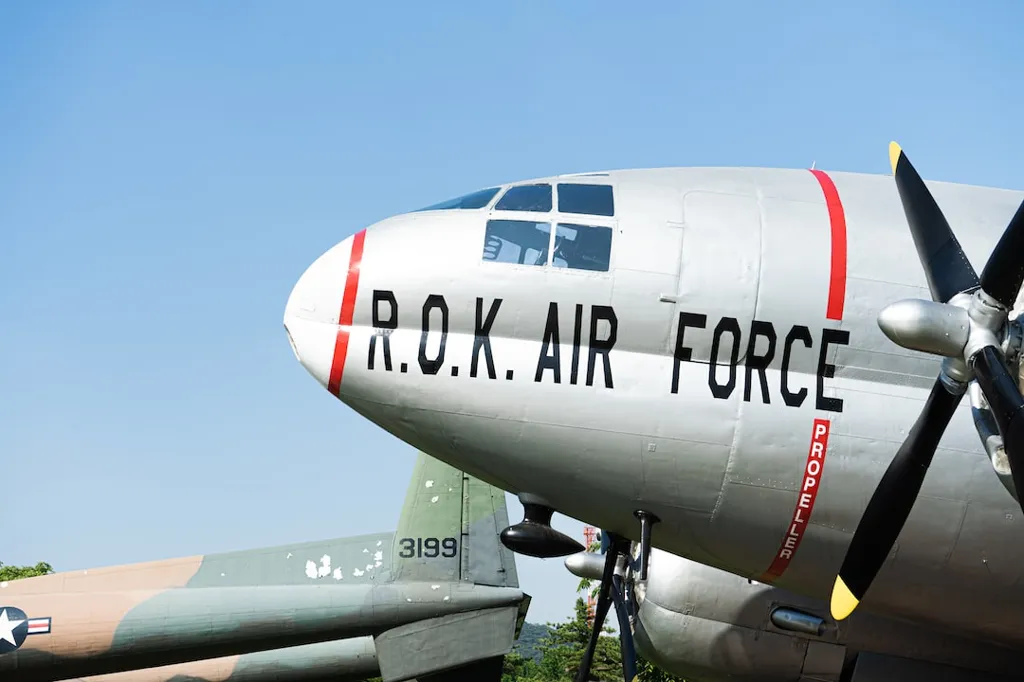Aircraft Assemblers: Building the Foundation of Aviation
Aviation is a marvel of engineering and technology. It is a complex field and every component of the aircraft needs to be built to exacting specifications. To achieve this, the aviation industry needs a group of specialized professionals who are proficient in assembling and maintaining the aircraft’s structure, surfaces, rigging, and systems. These professionals are known as Aircraft Structure, Surfaces, Rigging, and Systems Assemblers. In this article, we will explain what an Aircraft Assembler is, some examples of their job, what kind of education or training is required, and how to progress from one level to the next.
What does an Aircraft Assembler do?
An Aircraft Assembler is a skilled technician who assembles and maintains the structures, surfaces, rigging, and systems of the aircraft. They use specialized tools and equipment to assemble and install mechanical, electrical, and hydraulic systems, as well as inspect, test, and repair aircraft structures and components. Their job is critical to ensure that every component of the aircraft is safe, reliable, and operational.
Examples of Aircraft Assembler Jobs
Aircraft Assembler job titles can vary depending on the specific tasks they perform, the type of aircraft they work on, and the employer’s requirements. Here are some examples of Aircraft Assembler job titles:
- Aircraft Structures Technician
- Rigging and Controls Technician
- Aircraft Electrician
- Aircraft System Installer
- Aircraft Maintenance Technician
These examples are not exhaustive, and there are many other job titles within the field.
Education and Training Requirements
The education and training requirements for an Aircraft Assembler vary depending on the employer’s requirements and the specific job responsibilities. Some employers may require a high school diploma or equivalent, while others may require a technical degree in aviation maintenance, or an equivalent certification or training program.
It is also common for employers to require hands-on experience in aircraft maintenance or repair. Some Aircraft Assemblers may have a background in aviation, such as military experience or have a degree in a related field such as mechanical engineering.
Progression in the Field
The aircraft assembly field allows for career progression for those who are dedicated and hardworking. Entry-level positions are often available in the aircraft assembly field, with promotions leading to higher-level jobs. Employers often require experience, training, and certification in relevant areas as you advance.
Some possible progressions within the Aircraft Assembler career field are:
- Assistant Technician – Entry-level position for those with little or no experience.
- Aviation Technician – Repairs or maintains aircraft systems or parts through troubleshooting and analysis.
- Lead Technician – Management level, overseeing a team of technicians for larger projects or operations.
How to get into the field
If you’re interested in this field, there are a few ways to get started. First, consider researching the different job titles and requirements to gain an understanding of what specific career path might be the best fit for you. Next, it is common to find job opportunities within the aviation field after gaining experience in different manufacturing or production jobs. You can build a foundation by gaining a related certificate or vocational training in mechanical, engineering, or technology field. Finally, if you have military or aviation industry experience, this can be an advantage when applying for jobs.
An Aircraft Assembler career is challenging, exciting, and rewarding. As aviation technology advances, the demand for Aircraft Assemblers will continue to grow, providing those with the right education, experience, and a passion for the work a range of career opportunities and a lifetime of interesting projects to work.
Aircraft structure, surfaces, rigging, and systems assemblers are responsible for constructing and assembling the various systems and parts of an aircraft. These workers typically work for aerospace manufacturers or repair and maintenance facilities and may specialize in specific components or systems.
According to the provided data, the US national average salary for aircraft structure, surfaces, rigging, and systems assemblers ranges from $54,995.20 for Level 05 workers to $72,716.80 for Level 07 workers. The entry-level salary is $61,360.00, while intermediate and experienced workers earn $56,139.20 and $73,382.40, respectively. Full-time workers earn between $55,806.40 and $72,716.80, with entry-level full-time workers earning $61,443.20.
The data also suggests that unionized aircraft structure, surfaces, rigging, and systems assemblers earn a slightly higher average salary ($62,067.20) than their nonunion counterparts ($56,305.60). Additionally, a data point for Kansas shows that the average salary for this occupation in that state is $56,555.20 for full-time workers, with unionized workers earning a similar average salary ($56,513.60).
It’s worth noting that the data provided does not include information on factors such as years of experience, company size, or geographic location, all of which can impact salary levels for this occupation. However, the provided data does suggest that this occupation is generally well-paid, with many workers earning over $60,000 annually.
Overall, it seems that unionization may have a slightly positive impact on the salaries of aircraft structure, surfaces, rigging, and systems assemblers. However, more data would be needed to fully explore any potential effects of unionization on this occupation.












